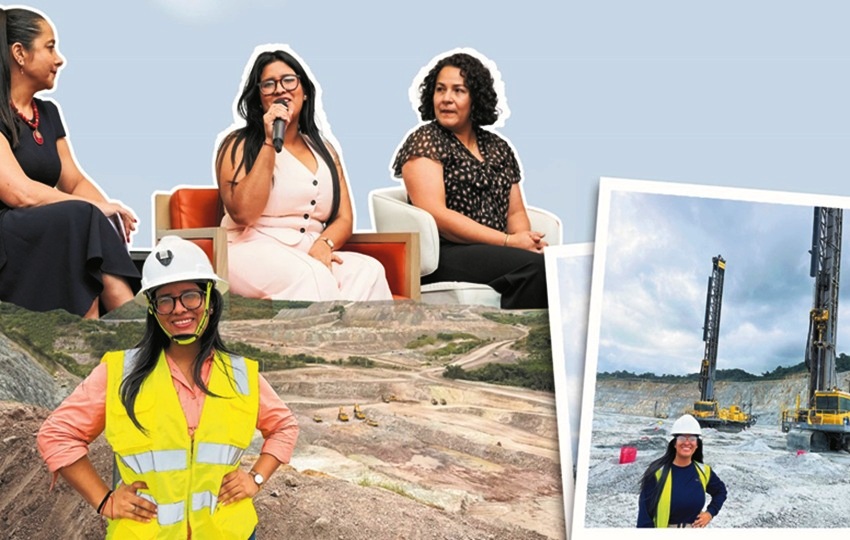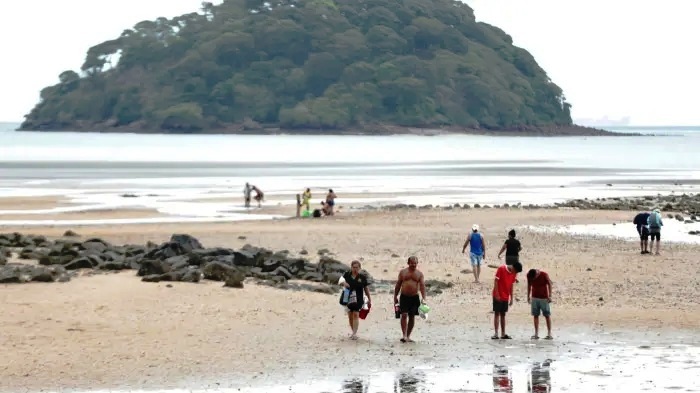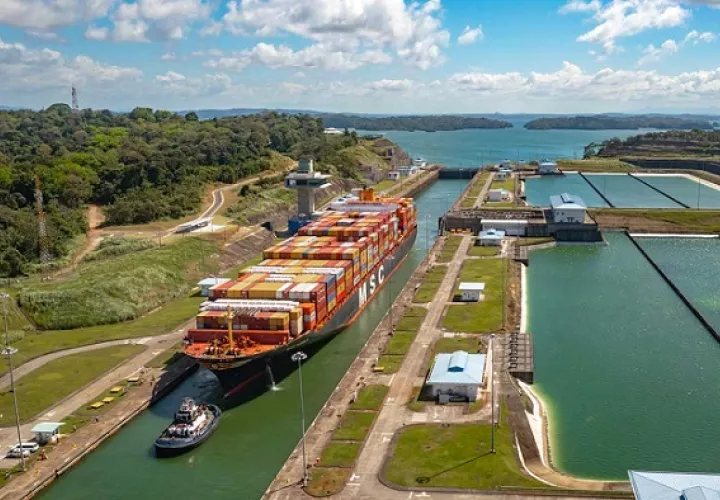Panama’s Mine Meets Required Quality Standards but has Remained Inoperative for More than a Year
The engineer Liz Pérez mentioned that internationally, the industry is perceived as a “strategic asset” for the country’s development.

Although the socioeconomic impact of the copper mine is imperceptible to some Panamanians, it is recognized internationally because the industry is perceived as a “strategic asset” for development. Experts are surprised that in Panama, just one mine contributes 5% of the Gross Domestic Product (GDP), because this particularity is not repeated anywhere else in the world, even when combining several mines. Liz Pérez, an industrial engineer at Cobre Panamá, has experienced the surprise of foreigners upon learning that the country has a mine that, despite meeting all required quality standards, has remained inoperative for more than a year.
“Foreigners often can’t believe what’s happening here in Panama—that we have a mine and now it’s simply being ignored; it’s being allowed to go to waste,” she said. She reiterated that the mine is more than just an operations center; it’s a dream capitalizer for many people, especially women, since in most countries this activity is prohibited for women, a situation that doesn’t occur in Panama. Therefore, they have been able to improve their quality of life and that of their families.
According to the engineer, approximately 18% of those working in the mine were women, and her training center was mostly made up of them (28%), which demonstrates their willingness and interest in preparing themselves to continue growing personally and professionally. Pérez believes that this very participation is what raises awareness in the industry, since women “bring vision, empowerment, and empathy,” that is, they humanize the activity to make it more sustainable and environmentally friendly.
5% Of the country’s Gross Domestic Product (GDP) came from the mining industry.
18% The workforce of Cobre Panamá is made up of women.
Reasons why she believes it is necessary for authorities, businesses, and citizens to begin discussing mining in Panama, not from arbitrary positions, but from a formal perspective, in order to establish how it will develop for the benefit of all economic stakeholders. “I think it’s definitely important for both the Panamanian people and the company to sit down and talk to try to find solutions for everyone,” she said. She explained that, in her meetings with analysts from countries such as Colombia, Nicaragua, and the Dominican Republic, they all agreed that Panama cannot leave the mine as it is because it not only loses its benefits but also exacerbates other problems such as unemployment. She argued that failure to make a decision soon would increase social inequalities in the communities surrounding the mine because they would be left without their main source of income and impetus for professional advancement.





